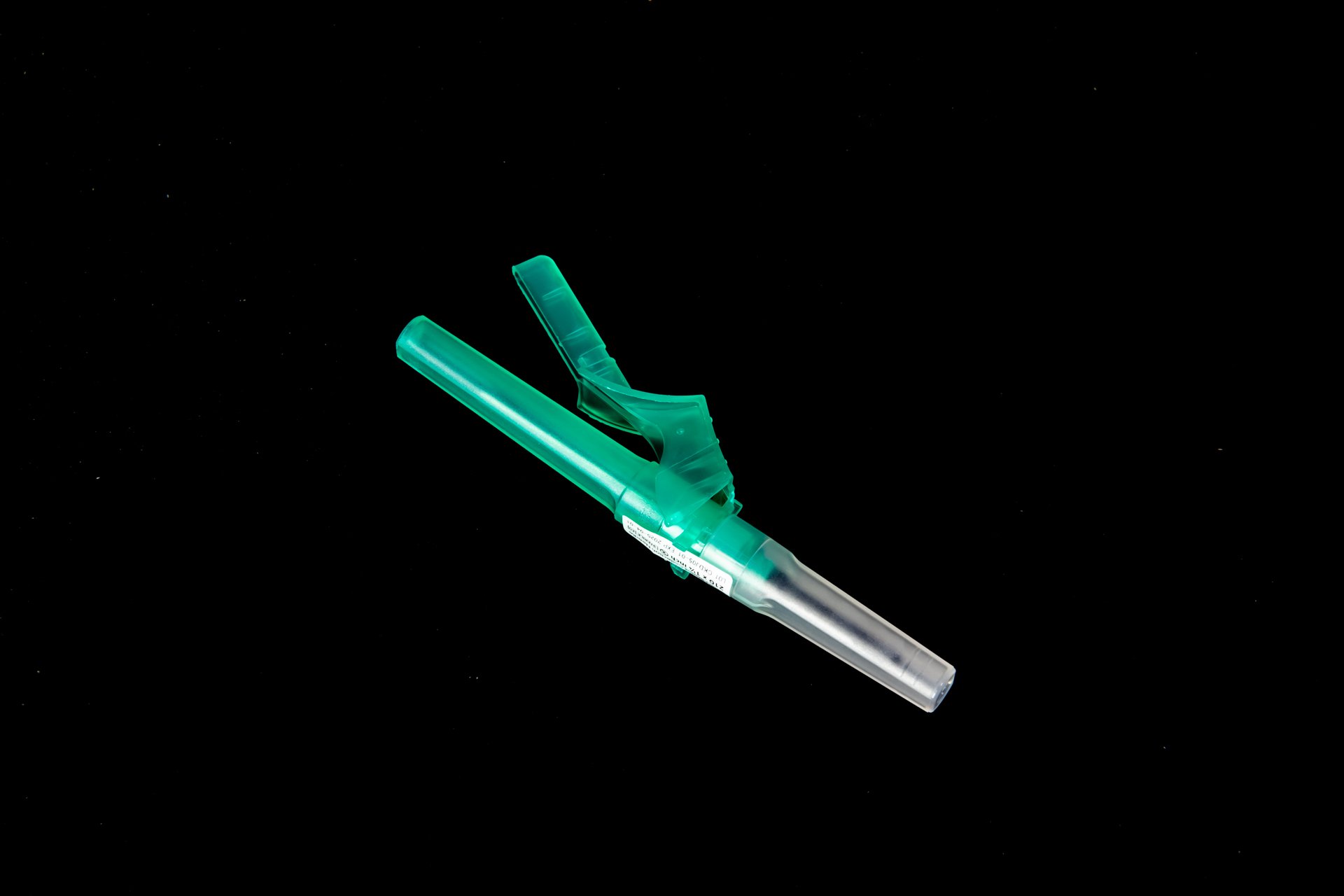Impact Of Needle Usage On Patient Recovery
Needles have been a vital part of medical procedures for centuries. From vaccinations to blood tests to acupuncture, needles are a common tool used in healthcare settings around the world. However, the impact of needle usage on patient recovery is an important consideration that healthcare providers must take into account. In this article, we will explore the various ways in which needles can affect patient recovery and discuss strategies for minimizing their negative impact.
Understanding the psychological impact of needles
For many patients, needles can evoke feelings of fear, anxiety, and pain. This psychological response to needles can have a significant impact on patient recovery. Research has shown that patients who experience high levels of needle phobia are more likely to delay or avoid necessary medical treatments, leading to poorer health outcomes.
Healthcare providers must recognize the psychological impact of needles on patients and take steps to minimize anxiety and fear. This can include providing patients with information about the procedure, using distraction techniques during needle insertion, and offering emotional support throughout the process.
Preventing infection through proper needle usage
One of the most important considerations when using needles in healthcare settings is preventing the spread of infection. Improper needle usage can lead to the transmission of bloodborne pathogens such as HIV, hepatitis B, and hepatitis C. Healthcare providers must follow strict protocols for needle sterilization and disposal to protect both patients and healthcare workers.
Additionally, patients who receive injections or intravenous medications are at risk for developing infections at the injection site. Healthcare providers must carefully monitor patients for signs of infection and take appropriate action if an infection occurs. By following proper needle usage protocols, healthcare providers can minimize the risk of infection and promote faster patient recovery.
Managing pain during needle procedures
Pain is a common concern for patients undergoing needle procedures. Research has shown that the pain associated with needles can have a negative impact on patient recovery, leading to increased stress and discomfort. Healthcare providers must take steps to minimize pain during needle procedures to promote faster healing and improved outcomes.
There are a variety of techniques that healthcare providers can use to manage pain during needle procedures. This can include using topical numbing creams, applying cold packs to the injection site, and using distraction techniques such as deep breathing exercises. By proactively addressing pain during needle procedures, healthcare providers can help patients feel more comfortable and relaxed, leading to better recovery outcomes.
Conclusion
Needles are a common tool used in healthcare settings, but their impact on patient recovery should not be overlooked. By understanding the psychological impact of needles, preventing infection through proper needle usage, and managing pain during needle procedures, healthcare providers can help promote faster recovery and improved outcomes for their patients. It is essential for healthcare providers to prioritize patient comfort and safety when using needles to ensure the best possible recovery outcomes.
Disclaimer: The content provided on this blog is for informational purposes only, reflecting the personal opinions and insights of the author(s) on phlebotomy practices and healthcare. The information provided should not be used for diagnosing or treating a health problem or disease, and those seeking personal medical advice should consult with a licensed physician. Always seek the advice of your doctor or other qualified health provider regarding a medical condition. Never disregard professional medical advice or delay in seeking it because of something you have read on this website. If you think you may have a medical emergency, call 911 or go to the nearest emergency room immediately. No physician-patient relationship is created by this web site or its use. No contributors to this web site make any representations, express or implied, with respect to the information provided herein or to its use. While we strive to share accurate and up-to-date information, we cannot guarantee the completeness, reliability, or accuracy of the content. The blog may also include links to external websites and resources for the convenience of our readers. Please note that linking to other sites does not imply endorsement of their content, practices, or services by us. Readers should use their discretion and judgment while exploring any external links and resources mentioned on this blog.



